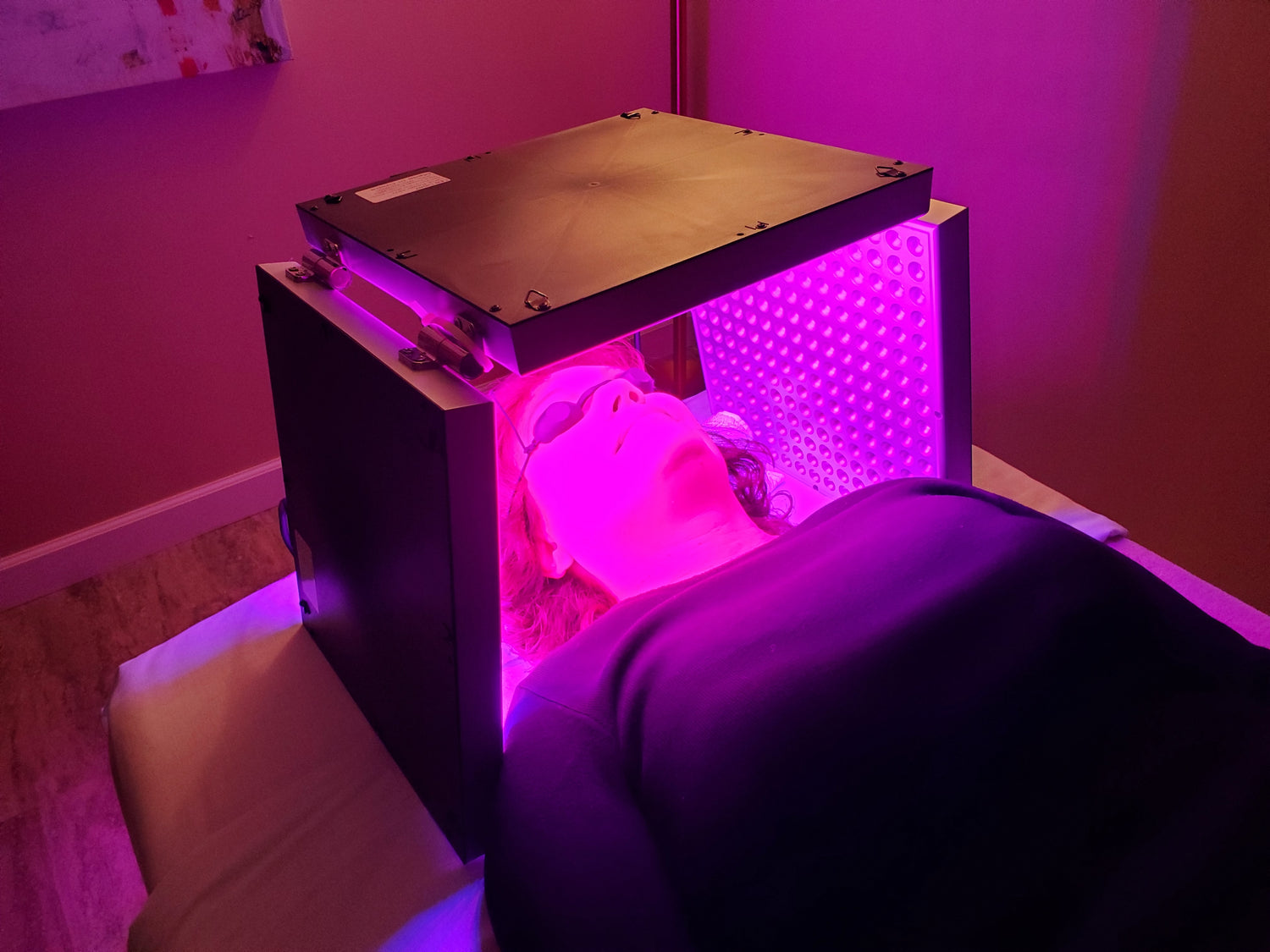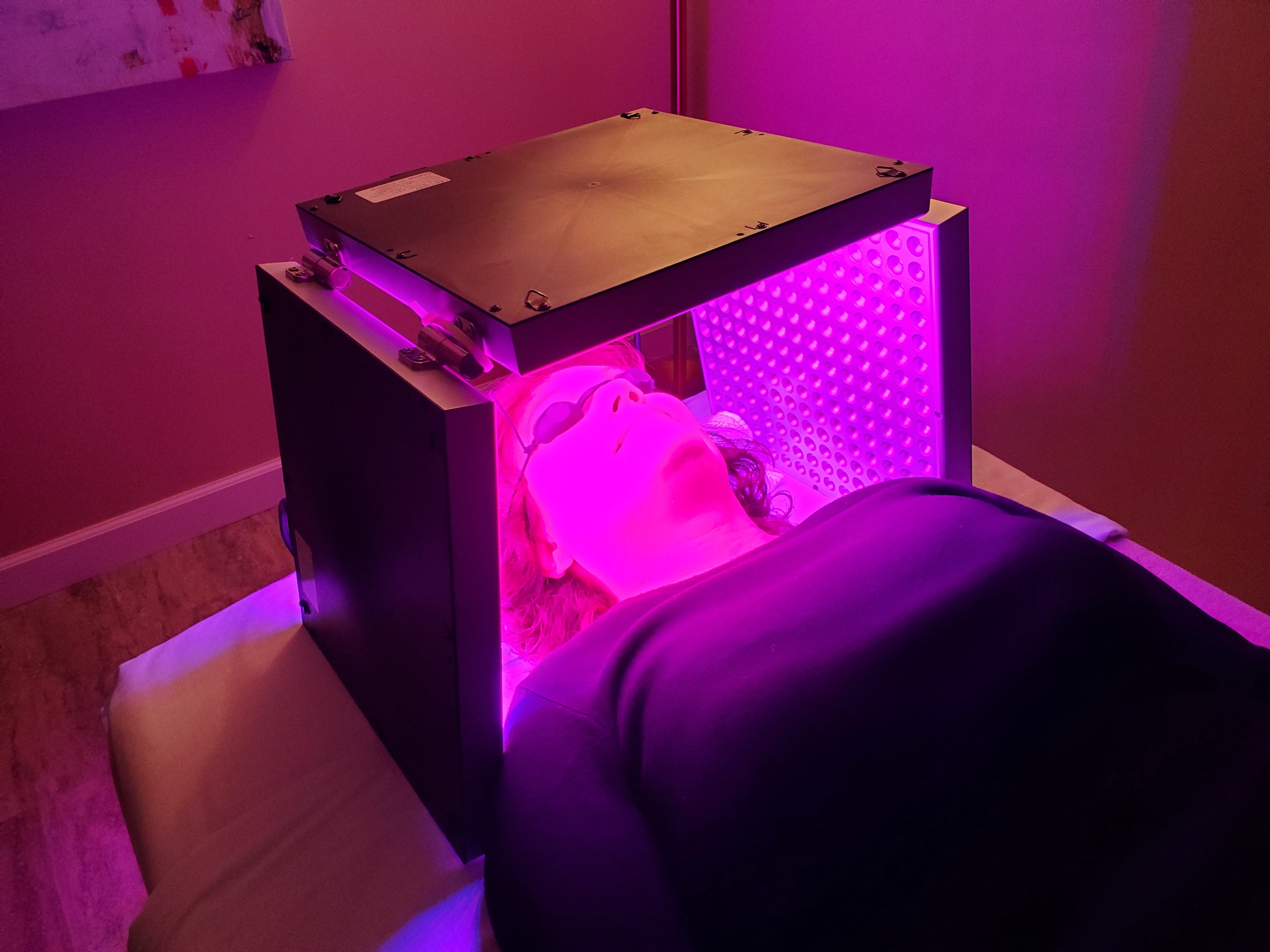Attention deficit hyperactivity disorder (ADHD) is a common condition that affects many children and teenagers. It is a mental health condition that can make it difficult for them to pay attention, control their impulses, and stay still. ADHD affects approximately 5-10% of children and adolescents worldwide, with a higher prevalence in boys compared to girls.
They say that the brain of a person with ADHD is like a Ferrari engine with bicycle brakes. Every year, thousands of people look for the right brakes to manage this condition.
Some find success, while others do not. If you fall into the latter category, you may consider trying audiovisual entrainment therapy.
What is ADHD?
ADHD is a type of brain disorder that occurs during childhood and can continue into adulthood. It is diagnosed by observing certain behavioral symptoms. To diagnose ADHD, other mental disorders like psychosis, mood or anxiety disorders, personality disorders, substance abuse, or withdrawal should be ruled out first.
However, it’s common for individuals with ADHD to also have other mental disorders. In the DSM-5, which is a manual used by doctors, the symptoms of ADHD are divided into two categories: problems with paying attention (11 symptoms) and difficulties with hyperactivity and impulsivity (9 symptoms).
What are the Symptoms of ADHD?
The symptoms of ADHD are divided into two categories: problems with paying attention (11 symptoms) and difficulties with hyperactivity and impulsivity (9 symptoms).
Problems with Paying Attention (11 symptoms):
- Having trouble focusing on tasks or activities.
- Making careless mistakes or overlooking details.
- Having difficulty sustaining attention during conversations reading or other tasks.
- Being easily distracted by external stimuli.
- Frequently forgetting or losing important items or instructions.
- Failing to finish projects assignments or chores.
- Avoiding or disliking activities that require sustained mental effort.
- Often seeming to not listen when spoken to directly.
- Frequently shifting from one incomplete task to another.
- Having difficulty organizing tasks and activities.
- Often being forgetful or absent-minded.
Difficulties with Hyperactivity and Impulsivity (9 symptoms):
- Being in constant motion such as fidgeting or squirming while seated.
- Having difficulty staying seated in appropriate situations.
- Running or climbing excessively when it is inappropriate.
- Feeling restless and having a hard time engaging in leisure activities quietly.
- Talking excessively and being difficult to interrupt.
- Blurting out answers before fully hearing the question.
- Having difficulty waiting for one’s turn in conversations or games.
- Frequently interrupting others or intruding into others’ activities.
- Impulsively making hasty decisions without considering the consequences.
Is there any ADHD treatment without meds?
ADHD is a condition that cannot be cured, but it is important to seek treatment options to manage its symptoms. Medications are commonly used, but they can have side effects and may not be suitable for everyone. Additionally, there is a possibility that medications may lose their effectiveness over time. On the other hand, behavioral therapies, although non-medicated, have a limited impact on improving ADHD symptoms.
However, there is an alternative treatment called neurofeedback that can be employed for ADHD. Research suggests that approximately 30 sessions of neurofeedback can significantly reduce ADHD symptoms. Neurofeedback is a non-invasive therapy that provides real-time feedback to the brain, allowing it to develop healthier patterns of activity. This therapy can be a valuable option for individuals who prefer a non-medicated approach or have experienced challenges with medication effectiveness or side effects.
What Exactly Happens in ADHD?
ADHD is a condition that affects the brain’s ability to focus and regulate impulses. It is believed to be associated with specific brainwave patterns. Brainwaves are electrical messages produced by the brain in different frequencies. Since we are talking about non-medication therapy for ADHD, it’s crucial to understand which brainwaves cause ADHD.
Studies suggest that individuals with ADHD tend to have high theta waves (4-8 Hz) and low beta waves (12-38 Hz). Theta waves are associated with daydreaming and creativity, while beta waves are involved in conscious and logical activities.
In some cases, ADHD patients may also have high delta waves, which are typically seen during deep sleep stages. This is why ADHD is sometimes referred to as a slow-wave disease. Essentially, individuals with ADHD may find themselves stuck in dreamy states, unable to focus and feeling lost. The low levels of beta waves further explain the reduced cognitive function experienced by these individuals.
ADHD is associated with low levels of dopamine and norepinephrine, which are important neurotransmitters in the brain. Dopamine helps regulate emotions, movements, and the brain’s response to rewards. Norepinephrine plays a role in increasing attention, arousal, and alertness.
These neurotransmitters are the primary targets for therapeutic modalities used to treat ADHD.
Studies That Support AVE
- Many studies have shown how audio-visual entrainment sessions improve ADHD. In one study8, 34 elementary school students with ADHD received Audio-Visual Entrainment sessions. The results revealed that those who underwent these sessions experienced improved readability scores, increased calmness and focus, and parents reported better behavior in their children.
- Research suggests that simply increasing beta waves does not effectively improve ADHD symptoms, as the issue lies in synchronization. The lack of synchronization between theta and beta waves leads to altered ratios, contributing to the symptoms of ADHD. However, it is believed that an audio-visual entrainment device can help address this problem by generating properly synchronized beta-theta waves.
- Neurofeedback therapy, involving 15 sessions, has also shown promise in reducing impulsivity and distractibility in individuals with ADHD. During these sessions, patients were exposed to photic stimuli, such as flashing lights, which contributed to the positive outcomes observed.
- Moreover, audio-visual entrainment has been found to enhance the levels of dopamine and norepinephrine, neurotransmitters that play a crucial role in regulating attention and focus. By adjusting the light and sound waves using the controls on an audio-visual entrainment device, specific frequencies can be produced to optimize these neurotransmitter levels.
Bottom Line
Symptoms of ADHD may vary from person to person, but two key disruptions associated with the disorder are altered levels of beta-theta/delta brain waves and reduced dopamine/norepinephrine levels.
Studies have shown that this therapy can correct altered brain wave levels and enhance dopamine/norepinephrine levels, addressing the core issues of ADHD.
Experience the transformative power of audio-visual entrainment and witness the positive differences it can make in your life or the life of someone you care about who is suffering from ADHD.
Don’t miss out on this groundbreaking treatment option – try audio-visual entrainment brainwave therapy today!
References
Neef, N. A., Perrin, C. J. & Northup, J. Attention deficit hyperactivity disorder. Functional Analysis in Clinical Treatment, Second Edition 97–121 https://www.ncbi.nlm.nih.gov/books/NBK441838/ (2020) doi:10.1016/B978-0-12-805469-7.00005-X.
2. NHS. Attention deficit hyperactivity disorder (ADHD). https://www.nhs.uk/conditions/attention-deficit-hyperactivity-disorder-adhd/symptoms/.
3. Núñez-Jaramillo, L., Herrera-Solís, A. & Herrera-Morales, W. V. Adhd: Reviewing the causes and evaluating solutions. J. Pers. Med. 11, 1–25 (2021).
4. Ogrim, G., Kropotov, J. & Hestad, K. The quantitative EEG theta/beta ratio in attention deficit/hyperactivity disorder and normal controls: Sensitivity, specificity, and behavioral correlates. Psychiatry Res. 198, 482–488 (2012).
5. Hendrayana, Y., Negara, J. D. K., Nuryadi, Gumilar, A. & Lesyiana, M. The impact of beta brain waves in improving cognitive function through brain jogging applications. Int. J. Hum. Mov. Sport. Sci. 8, 73–77 (2020).
6. Drechsler, R. et al. ADHD: Current concepts and treatments in children and adolescents. Neuropediatrics 51, 315–335 (2020).
7. Huang, T. L. & Charyton, C. A comprehensive review of the psychological effects of brainwave entrainment. Alternative therapies in health and medicine vol. 14 38–50 https://www.ncbi.nlm.nih.gov/books/NBK75019/ (2008).
8. Joyce, M. & Siever, D. Audio-visual entrainment program as a treatment for behavior disorders in a school setting. Journal of Neurotherapy vol. 4 9–25 https://www.researchgate.net/publication/239803859_Audio-Visual_Entrainment_Program_as_a_Treatment_for_Behavior_Disorders_in_a_School_Setting (2000).
9. Patil, A. U. et al. Neurofeedback for the Education of Children with ADHD and Specific Learning Disorders: A Review. Brain Sci. 12, (2022).



Leave a comment
This site is protected by hCaptcha and the hCaptcha Privacy Policy and Terms of Service apply.